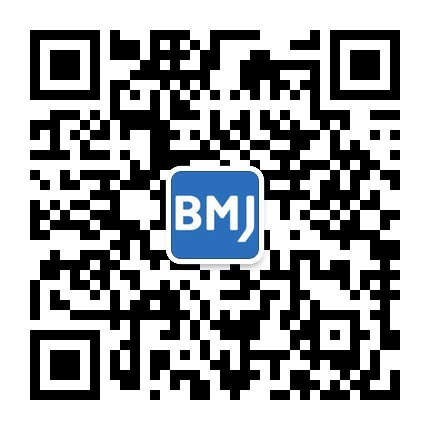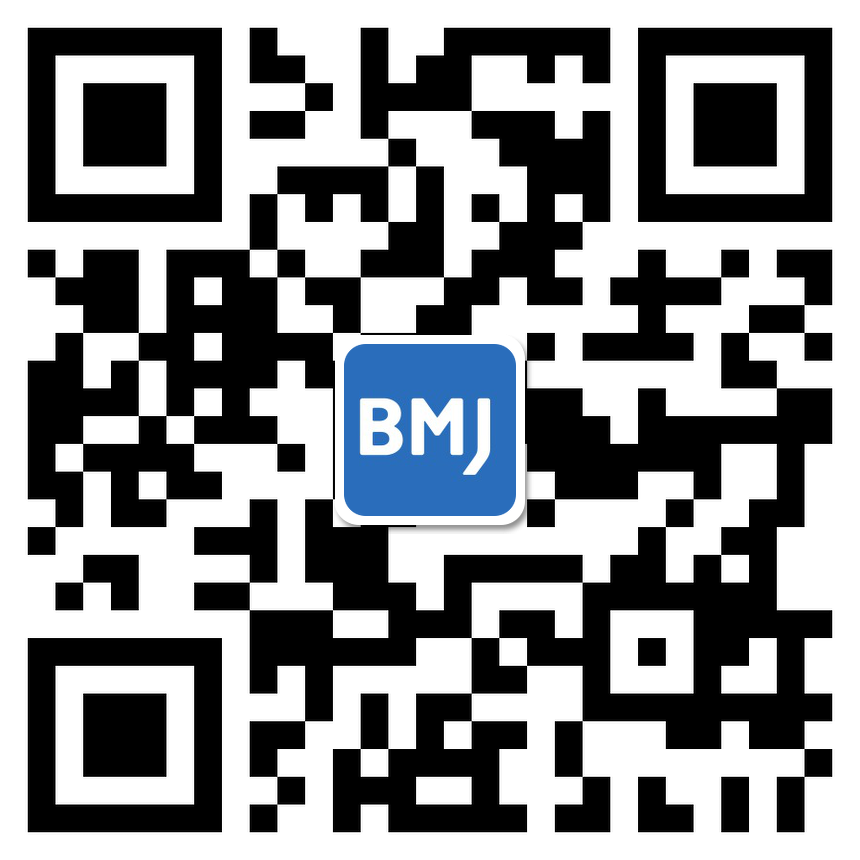内容精选
Content Selection
《英国医学杂志》 研究文章
The BMJ Research
Endovascular treatment for acute ischaemic stroke in routine clinical practice: prospective, observational cohort study (MR CLEAN Registry) [常规临床实践中,急性缺血性脑卒中的血管内治疗:前瞻性、观察性队列研究]
- 分享:
BMJ 2018; 360 doi: https://doi.org/10.1136/bmj.k949 (Published 09 March 2018)
Cite this as: BMJ 2018;360:k949
Authors
Ivo G H Jansen, Maxim J H L Mulder, Robert-Jan B Goldhoorn
Abstract
Objective To determine outcomes and safety of endovascular treatment for acute ischaemic stroke, due to proximal intracranial vessel occlusion in the anterior circulation, in routine clinical practice.
Design Ongoing, prospective, observational cohort study.
Setting 16 centres that perform endovascular treatment in the Netherlands.
Participants 1488 patients included in the Multicentre Randomised Controlled Trial of Endovascular Treatment for Acute Ischaemic Stroke in the Netherlands (MR CLEAN) Registry who had received endovascular treatment, including stent retriever thrombectomy, aspiration, and all alternative methods for acute ischaemic stroke within 6.5 hours from onset of symptoms between March 2014 and June 2016.
Main outcome measures The primary outcome was the modified Rankin Scale (mRS) score, ranging from 0 (no symptoms) to 6 (death) at 90 days after the onset of symptoms. Secondary outcomes were excellent functional outcome (mRS score 0-1), good functional outcome (mRS score 0-2), and favourable functional outcome (mRS score 0-3) at 90 days; score on the extended thrombolysis in cerebral infarction scale at the end of the intervention procedure; National Institutes of Health Stroke Scale score 24-48 hours after intervention; and complications that occurred during intervention, hospital admission, or three months’ follow up period. Outcomes and safety variables in the MR CLEAN Registry were compared with the MR CLEAN trial intervention and control arms.
Results A statistically significant shift was observed towards better functional outcome in patients in the MR CLEAN Registry compared with the MR CLEAN trial intervention arm (adjusted common odds ratio 1.30, 95% confidence interval 1.02 to 1.67) and the MR CLEAN trial control arm (1.85, 1.46 to 2.34). The reperfusion rate, with successful reperfusion defined as a score of 2B-3 on the extended thrombolysis in cerebral infarction score, was 58.7%, the same as for patients in the MR CLEAN trial. Duration from onset of stroke to start of endovascular treatment and from onset of stroke to successful reperfusion or last contrast bolus was one hour shorter for patients in the MR CLEAN Registry. Symptomatic intracranial haemorrhage occurred in 5.8% of patients in the MR CLEAN Registry compared with 7.7% in the MR CLEAN trial intervention arm and 6.4% in the MR CLEAN trial control arm.
Conclusion In routine clinical practice, endovascular treatment for patients with acute ischaemic stroke is at least as effective and safe as in the setting of a randomised controlled trial.




 京公网安备 11010502034496号
京公网安备 11010502034496号